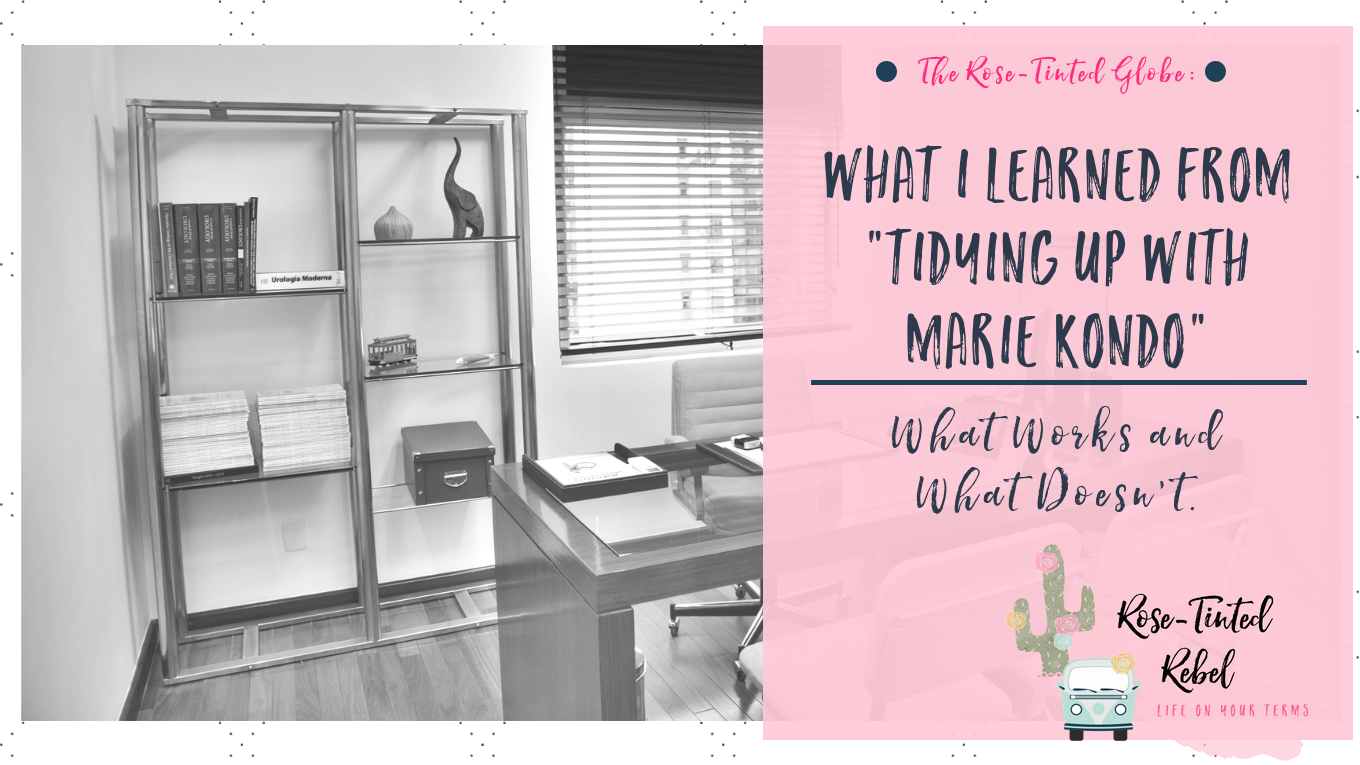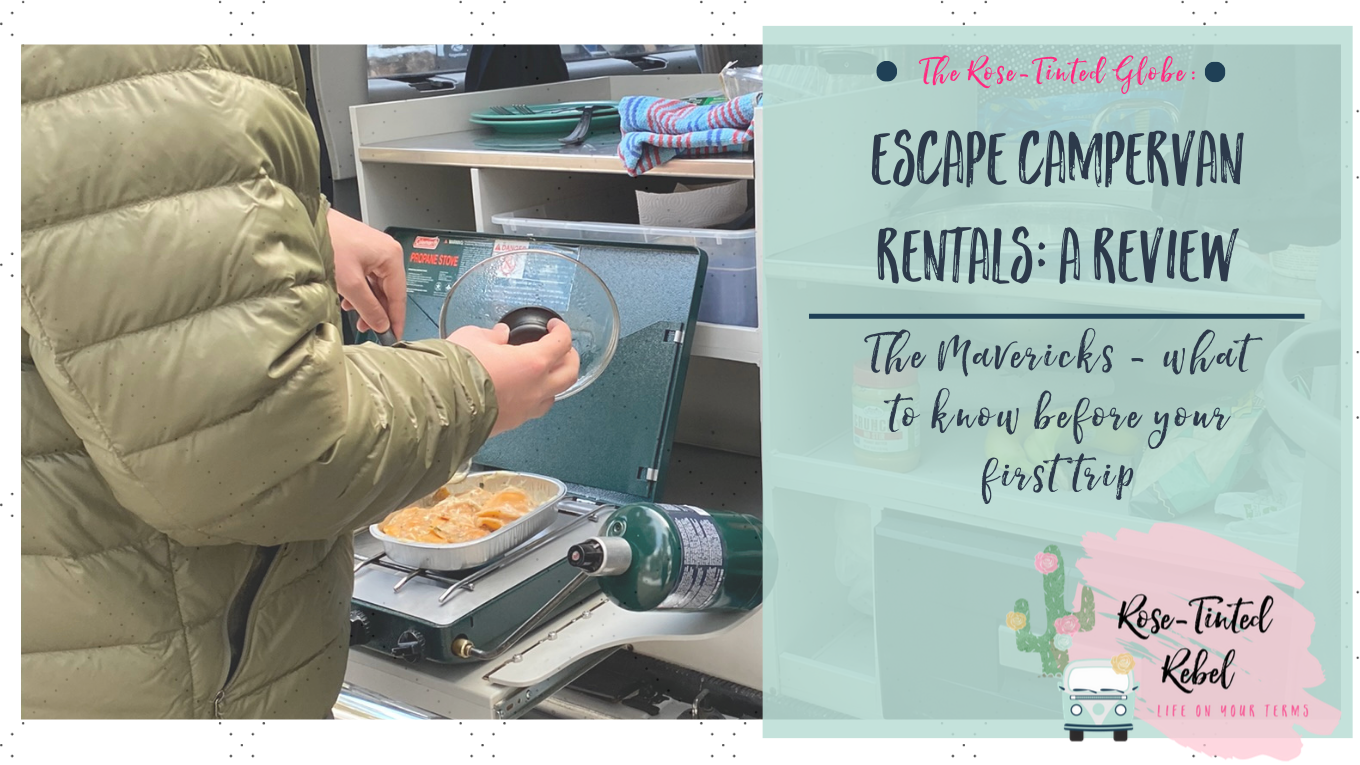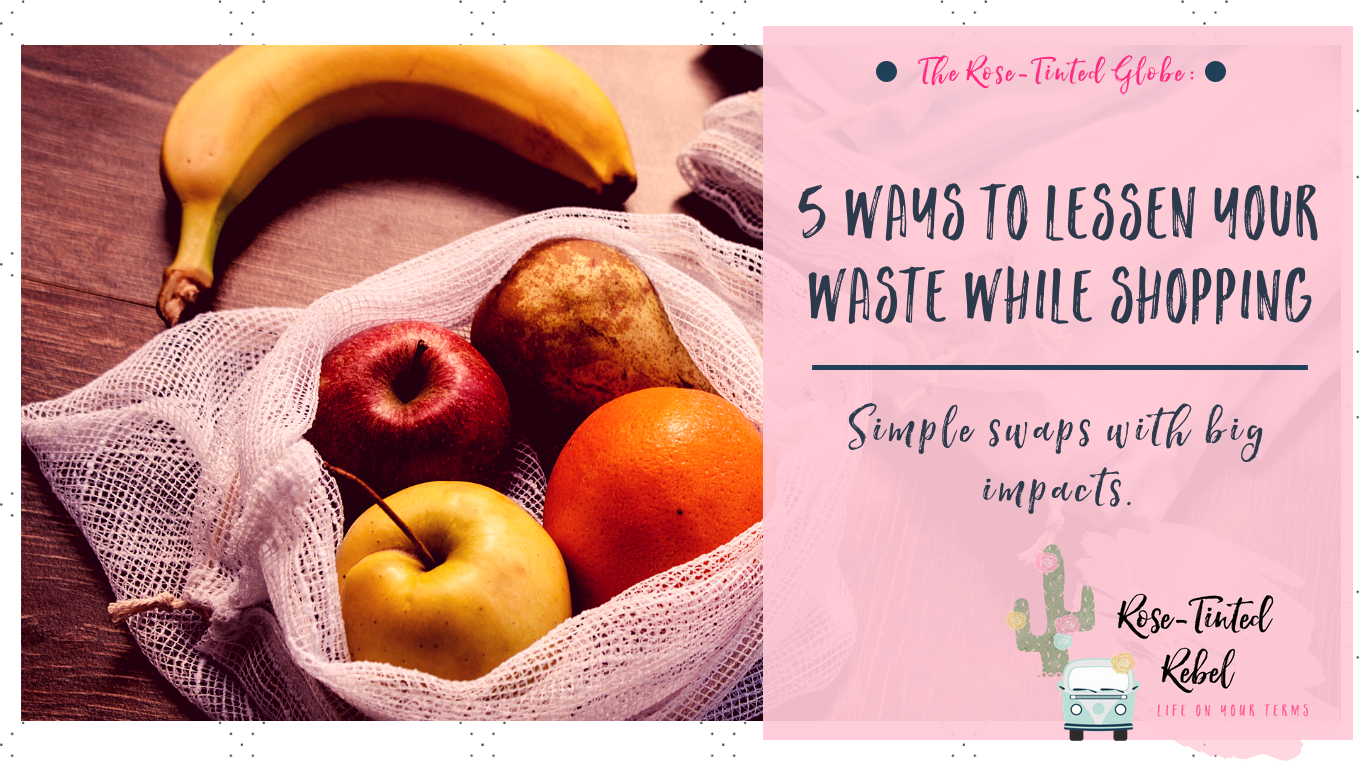Like so many others, I too have been sucked into the Marie Kondo bubble that is the Tidying Up Netflix series. Having previously read “The Life Changing Magic of Tidying Up” a few years prior, I figured I knew the bulk of the KonMari method.
I have to admit to not totally loving Kondo’s methods when I first came across them. The idea of having to pile up all of my clothing, of which there was plenty, instead of approaching them in a cleaner or more organized (seemingly more practical) way certainly did not appeal to me.
I also didn’t totally accept the idea of thanking the items in my life. It’s easy to get stuck on this seemingly hokey detail. However, I’ve since realized that it’s important to see past this into the often alarming success that Kondo has with her clients.
I will also admit that although I didn’t expect to get much out of the Netflix special, I gained a new appreciation for the KonMari method in addition to fangirl status for Kondo. Even more than reading the book, I found that watching the series really gave me insight into Kondo’s process. The show is also an incredible visual representation of just how well this method works.
Here’s what I learned, and what works for me, as well as a thing or two that doesn’t:
What I Learned:
You have to pile up ALL of your clothes (an idea I resisted for years) because it is only by looking at it all together, by confronting it all at once, that you will realize just how much you have. After watching person after person not only empty their closets but sometimes multiple dressers, storage boxes, and shelves, I found it really easy to judge those people. I would think, “how is it possible to have clothes that you forgot about or that nearly reach the ceiling when piled on your bed?” And then I piled up my own clothes and I realized just how possible it is. Whoops.
I think a lot of people confuse decluttering (what Kondo specializes in) with minimalism (keeping possessions to a minimum), but they aren’t exactly the same. I would consider decluttering to be a necessary step before becoming a minimalist, and both share very common principles: only keep things that truly spark joy for you. Be intentional with the items in your life and in your home.
At the same time that you are deciding what those intentional possessions are and seeing what sparks joy for you, it’s important to remember that you can’t decide what sparks joy for a family member. Kondo reminds her clients, often couples, that there shouldn’t be judgment surrounding what someone wants to keep. Joy is personal and will be very different for each person.
All your stuff might be holding you back from becoming the person you want to be. Kondo shows several examples where keeping a lot of items from childhood can stunt your launch into adulthood. If you find yourself keeping the habits of your younger self like having a messy closet or continuing to keep your house as if it’s a college dorm, you will continue inhabiting that space and mindset. Don’t block yourself from fully launching into your present and your future. Get rid of the old garbage and get rid of the garbage habits.
What Doesn’t Work for Me:
- Her “fold your clothes into rectangles” method. Having worked a mall retail job during high school, I consider myself a pretty accomplished folder of clothing items, so it may seem that this method should actually work for me. It does not.
Maybe it’s a sign that I still have too many clothes or at least too many of the same shade, but when I fold all my shirts into rectangles, I can no longer tell which shirt is which, forcing me to unfold many shirts just to find the one that I want. This process certainly does not spark joy for me, so I’m going to continue my stacks of shirts, fully knowing that it isn’t the most space-effective nor is it very visually-appearing. You have to stick with what actually works sometime, and the rectangle method is not it for me.
- Greeting my house. Maybe I need the help of a trained professional like Marie, but I am pretty sure that if I kneel down and greet my house I am going to summon in some sort of spirit of the people who lived here before me and that I will then bring a haunting of magnificent proportions upon my dwelling. Paranoid? Perhaps, but I think I’ll avoid trying.
Side Notes:
Kondo has perhaps the most impressive collection of white blouses and flowy skirts that I’ve ever seen. Seriously, her outfits made me weak in the knees (almost to the point that I wanted to kneel on my floor and greet my house alongside her). I guess it makes sense that a woman who values organization so much would have an impeccable appearance, but I was still flummoxed by her attire in every episode. Kudos, Kondo!
Although I did prefer actually watching Kondo interact with her clients to the experience of reading the book, there are still a lot of great tips in the book and it can be used as a reference if you need a quick reminder of the KonMari method. In fact, I liked it enough to include it in my top 5 books for beginning minimalists list, which you can read here!






2 comments
I read about this method in last Sunday’s paper. Once our bathroom work is done I’m going to engage in serious cleaning and decluttering. Thanks for the suggestions.
Of course! It’ll be so nice to have the bathroom done and everything so clean and organized!
Comments are closed.